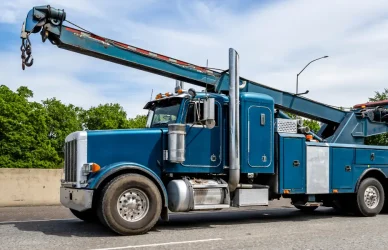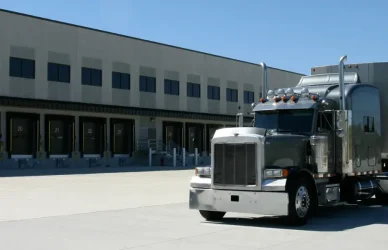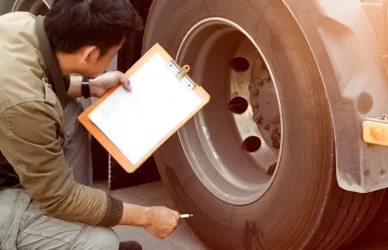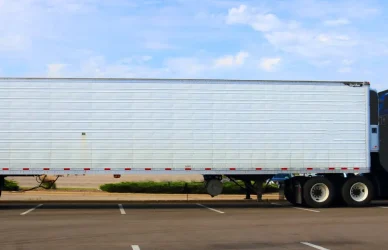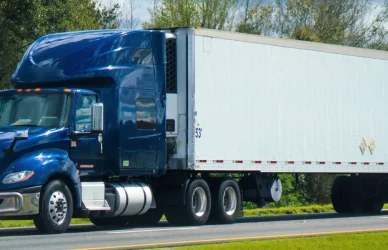While the current buzz around artificial intelligence (AI) in trucking centers on driver safety and operational efficiencies, untapped opportunities exist at the initial point of many trucking inefficiencies: the check-in process.
Traditionally, a driver arriving at a warehouse navigates through paperwork, hands it to a guard, who then verifies the details, confirms timeliness, and communicates with the warehouse to determine the designated location. This multistep process, fraught with potential delays, now faces disruption through the deployment of AI-powered check-in systems by RXO at warehouses and distribution centers.
RXO’s visual AI technology, initially implemented at its cross-border facility, utilizes video recognition to identify trucks, extract image and video data, and streamline the check-in and security procedures. Integrated with RXO’s Yard Management System, the system automates the matching of appointments, eliminating the need for manual handling of trailer numbers and appointment coordination.
“It solved two types of problems,” said Yoav Amiel, RXO chief information officer. “One is for the carriers overall, there are bottlenecks at the gate, so the inefficiencies, that when they are at the gate and they need to wait for too long. The second thing is around internal productivity and error elimination.”
Previously, manual processes led to truck congestion at the gate during check-in due to traffic volume, documentation efforts, and typing errors. The visual AI technology leverages machine learning, computer vision, and text recognition to swiftly process trailer numbers from video feeds, notifying facility staff upon the truck’s arrival and providing comprehensive information.
“The system automatically knows how to identify the different components or numbers or identification of the truck,” Amiel said, “matching that automatically to the appointment, and feeding to the yard management system that this truck is now coming in. That saves a lot of time and creates a lot of efficiencies.”
At RXO’s Laredo, Texas facility, the AI-driven system has yielded positive outcomes, notably reducing gate wait times by approximately 30% and enhancing data accuracy. Importantly, the system only extracts publicly available information visible on the truck, mitigating privacy concerns for drivers.
“You’re trying to type the name or the information of the truck (manually) and you need to type it now with a keyboard into the system, sometimes you make mistakes,” Amiel said. “One of the areas where we invested a lot of energy is making sure that when you take a video, you could have a lot of information as part of the video. It’s not just a truck, and we need to make sure that our extraction engine is smart enough to identify the truck itself, to eliminate any noise or any other information that is coming through the feed, and is identifying only the things that we need – and be able to extract that, match it, feed it to the yard management system, and streamline the process overall.”
The entire investment is borne by the facility, with no need for additional hardware or software on the truck or trailer beyond clearly visible identification markers.
“It’s not that we now need every truck to have a specific IoT device or anything on it,” Amiel said. “Now, keep in mind, sometimes these numbers could be blurry, or some characters are missing. But this is where technology comes to play. When you have enough information and you have the scheduling appointment out there, you could match with some level of certainty and decide, ‘Okay. This is the truck I’m looking for, or this is not the one.'”
Looking forward, RXO plans to expand this AI-based system to other high-traffic facilities and intends to offer it as a standalone service to companies operating in similar environments. As the system continues to evolve and refine its algorithms, future iterations aim to enhance its network-wide capabilities.
“Our next level is to be able to even do yard cycle counting and warehouse cycle counting,” he said. “Think about leveraging drones in real time; self-operated drones. It’s like your automated vacuum cleaner; these things that wake up every hour or every whatever cycle of time and scan the information and the drone can feed that video into the system, making sure that everybody’s in the yard and the occupation of the slots on the yard is really according to the plan. And if there are any deviation, you could take action instead of creating sometimes chaos if somebody parked in the wrong place or went into the wrong door.”
Source: Commercial Carrier Journal



